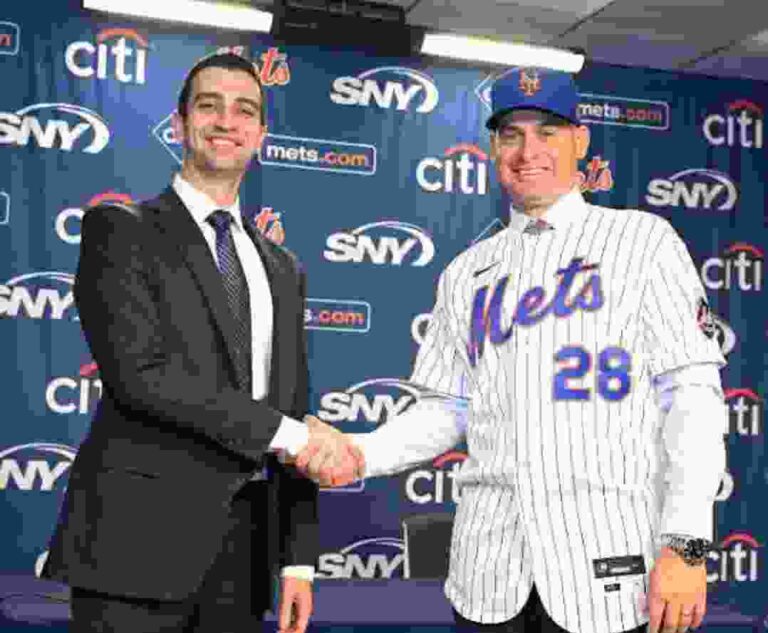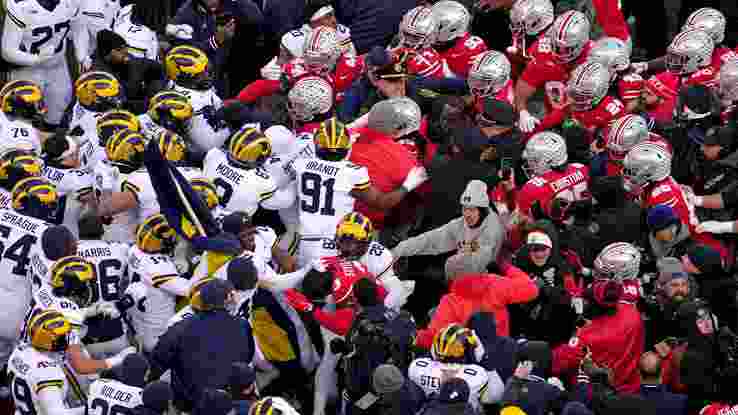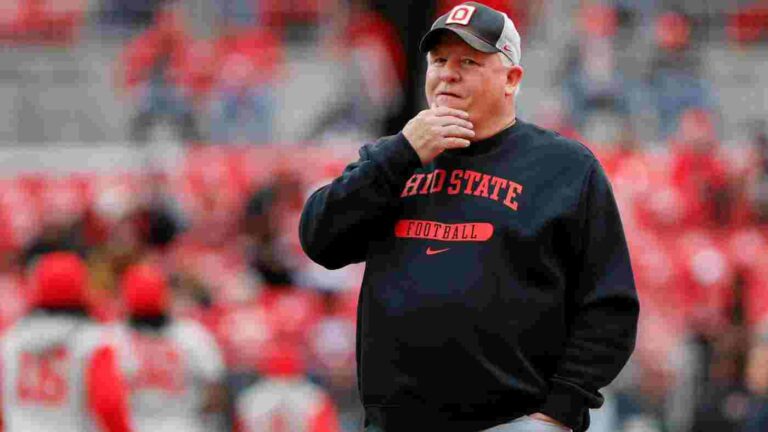
Just in: Deal hits major snag as Pete Alonso’s camp demands that $50 million ‘loyalty bonus’ be included in the proposed 7/200 million deal, while the Mets are insisting on only including ‘performance-related bonuses’ due to Pete Alonso’s…

The contract negotiations between the New York Mets and star first baseman Pete Alonso have reached a critical juncture, with Alonso’s camp reportedly demanding a $50 million “loyalty bonus” as part of a proposed seven-year, $200 million deal. The Mets, however, are advocating for performance-related bonuses, expressing concerns about Alonso’s ability to maintain optimal performance into his late 30s.
Alonso, who has been a cornerstone for the Mets since his debut in 2019, is known for his consistent power-hitting, including a record-setting 53 home runs in his rookie season. Despite his contributions, the Mets are cautious about committing to a long-term, high-value contract due to the historical trend of players experiencing performance declines as they age.
The Mets’ apprehension is not unfounded. Contracts for first basemen in their 30s have often resulted in diminishing returns, with players like Miguel Cabrera and Albert Pujols serving as notable examples of significant performance drop-offs during the latter years of their contracts. This has led the Mets’ management, particularly President of Baseball Operations David Stearns, to prefer shorter-term deals with performance incentives, aiming to balance player compensation with on-field contributions.
The $50 million loyalty bonus demanded by Alonso’s representatives is seen by the Mets’ hierarchy as excessive, especially considering the team’s broader financial strategy and existing commitments. Owner Steve Cohen has been known for his willingness to invest in top talent, but there is a growing emphasis on fiscal responsibility and long-term sustainability within the organization.
The impasse has led the Mets to explore alternative options. They have already re-signed outfielder Jesse Winker to a one-year, $7.5 million deal and are looking to bolster their bullpen. Additionally, the team has been linked to potential trades and signings that could mitigate the impact of Alonso’s possible departure.
Alonso’s market value has also been a topic of discussion. Coming off a season that was below his usual standards, his free agency prospects are hindered by factors such as age, defensive limitations, and the current market dynamics for first basemen. The Mets’ management is aware of these factors and is prepared to proceed without Alonso if a mutually agreeable contract cannot be reached.
The situation remains fluid, with both parties standing firm in their positions. The Mets must decide whether to meet Alonso’s demands or to allocate resources elsewhere, while Alonso faces the choice of adjusting his expectations or seeking opportunities with other teams. As the offseason progresses, the resolution of this standoff will significantly impact the Mets’ roster construction and competitive outlook for the upcoming season.







